It’s amazing how much you can do with just a piece of A4 paper! Teachers and parents know that low-tech educational activities can be great learning tools for children in a variety of settings. Road trips, power outages, and easy-to-organize brain breaks are just a few situations you might need to rely on! If you need simple, cost-effective activities to boost your child’s learning, you’ve come to the right place! Check out our collection of 32 unique puzzle ideas to learn more.
1. 32 Paper Puzzle Ideas
The following is an introduction to the 32-paper puzzles.
1) Tangram puzzle
Immerse yourself in geometric fun with these ancient Chinese puzzles. By using seven slabs to form various shapes, you can help learners of all ages develop spatial reasoning and problem-solving skills while having fun learning about world history!
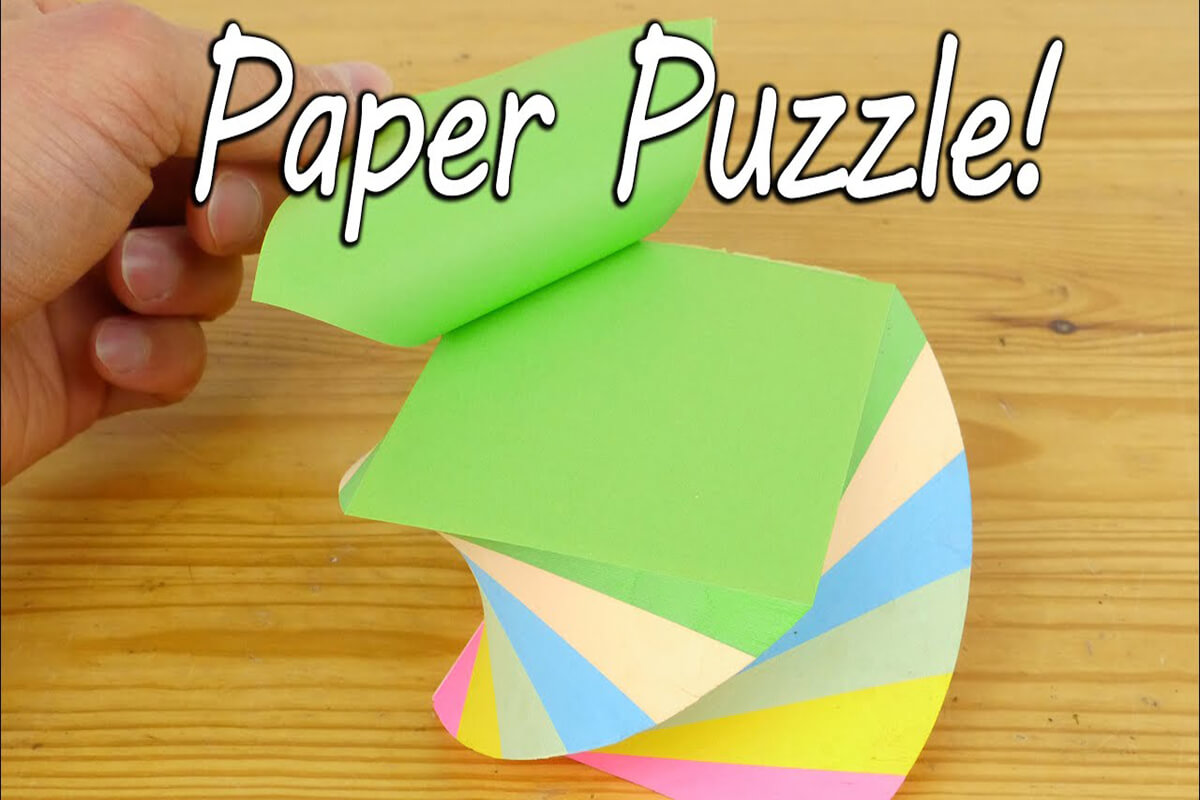
2) Word search
With word search puzzles you can make learning vocabulary a hidden adventure! As your students scan the grid for specific words, their concentration, spelling skills, and word recognition will improve!
3) Maze
With tricky mazes, you can improve your child’s problem-solving skills in an exciting and engaging way. By exploring a path from start to finish, they will increase spatial awareness while developing patience and determination.
4) Find the differences
With these puzzles, all the instructions you need are just in the name of the game! Students develop greater attention to detail when they compare two seemingly identical pictures and identify subtle differences.
5) Jigsaw puzzle
Want to build your puzzle collection simply and affordably? Print a picture and laminate it, then cut it to create your own! When learners take the time to reassemble these pieces, their spatial reasoning skills increase.
6) Hidden picture puzzle
The beloved Where’s Waldo puzzle is a classic example of a hidden picture game! Print out an image containing a specific hidden object. Then, practice your observation and attention skills by challenging learners to find all hidden objects.
7) Paper Folding Puzzle
Origami meets problem-solving needs in these puzzles! Students will strengthen their fine motor skills and spatial thinking by folding paper along dotted lines to create 3D shapes.
8) Password puzzle
Did someone say to crack the password? That’s what passwords are all about! By replacing codes to decode hidden messages, students can enhance logical thinking and letter recognition.
9) Drawing puzzles
These visual puzzles are a great way to strengthen language skills and stimulate creativity. By prompting your learners to decode illustrations consisting of individual letters, you’ll also challenge their critical thinking skills!
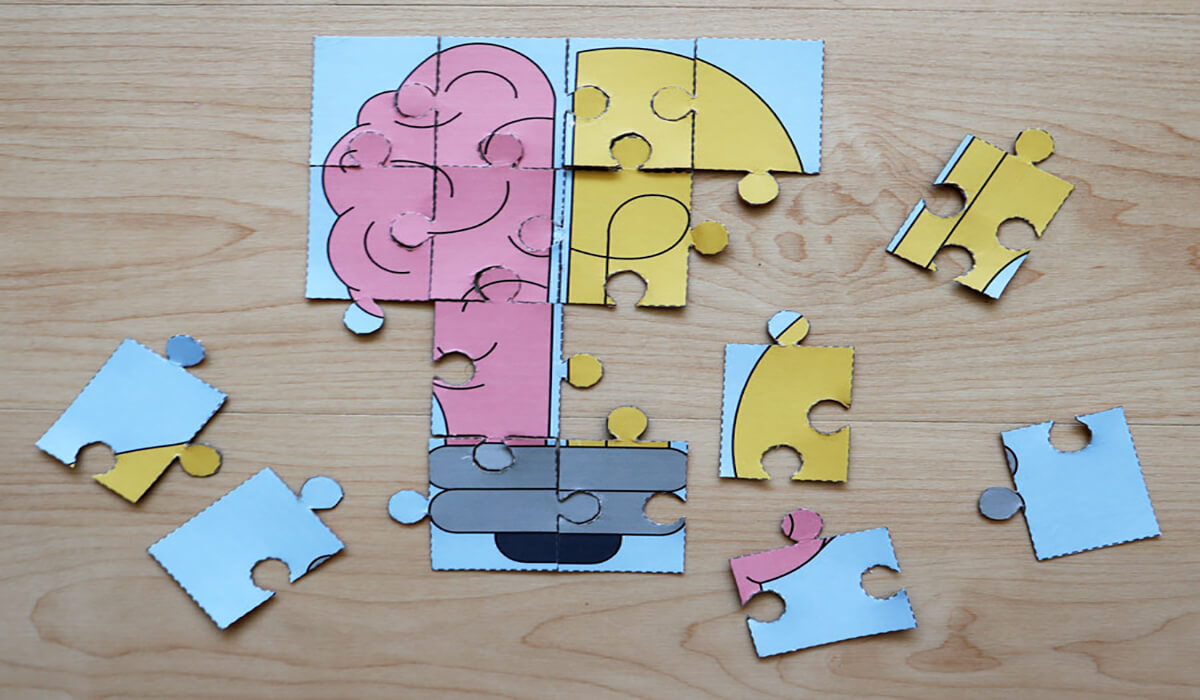
10) Crossword puzzle
As far as we’re concerned, this old song is definitely still a hit! These timeless word puzzles have served learners well over the years, helping them improve their vocabulary, spelling, and general knowledge. Don’t forget – they are great tools for independent and group work environments
11) Dot to Dot Puzzle
Turn counting into a fun art activity with simple dot-to-dot puzzles. When your child connects the dots in numerical order, they create a beautiful picture while strengthening their fine motor skills and number recognition!
12) Color by numbers
Want to blend art and math in a fun and creative way? That’s it! When your learners come up with a beautiful picture using the assigned color for each number, they’ll enhance their number recognition skills, learn how to follow instructions, and improve concentration!
13) 3D paper puzzle
With these innovative puzzles, your kids can bring 2D paper creations to life! This task will promote their dimensional reasoning and fine motor skills while allowing them to express their creativity.
14) Optical illusion
Prepare to be surprised! These puzzles give students the opportunity to create optical illusions on paper; exploring visual perception and creativity while having fun! Whether using markers, crayons, or paint, everyone is sure to have a great time!
15) Logic Grid Puzzle
Ask students to fill in the form based on the clues. As they engage in this exciting feat, they improve their logical reasoning and deduction skills – making them better problem solvers!
16) Paper weaving pattern
Looking for a craft and puzzle product in one? Don’t hesitate any longer! Weaving strips of paper into patterns promotes fine motor skills and pattern recognition; and introduces students to an enjoyable traditional craft that stimulates the brain.
17) Symmetry Drawing Puzzle
Mirrors, mirrors on the wall, who can make the best reflection of them? These puzzles enhance visual awareness and creativity as learners must complete the other half of the picture to achieve a symmetrical design.
18) Emoji decoding puzzle
Turn the language of the digital age into a fun classroom activity by having students decode the phrases represented by emoji sequences. This is great for improving language skills and developing a sense of relevance in today’s digital-centric world.
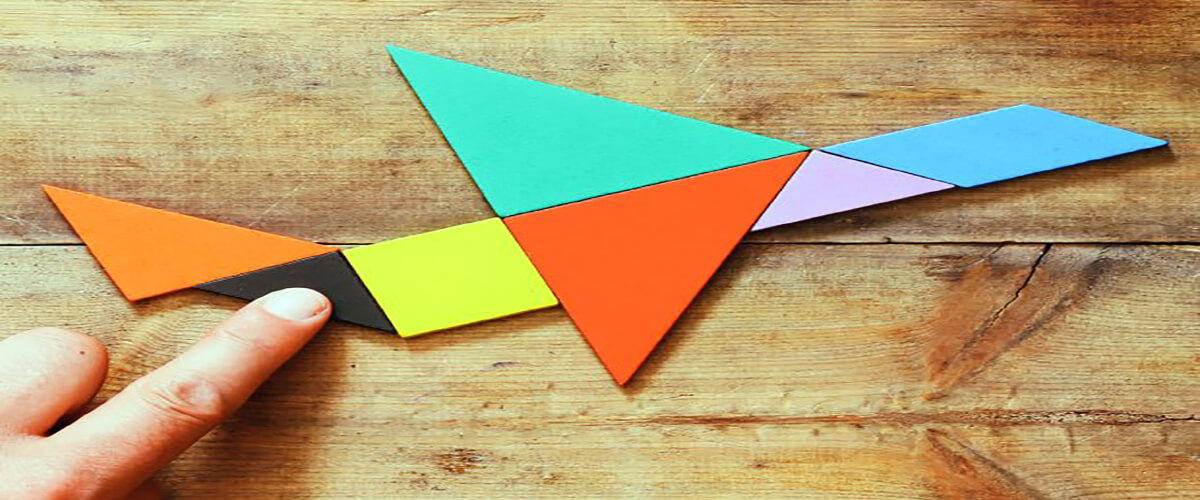
19) Color puzzle
This is a colorful challenge for young students! Color puzzles can be used in many ways. Ultimately, they facilitate color recognition and require attention to detail from manufacturers. Divide students into groups and challenge them to reorganize colored paper squares according to the instructions given.
20) Pattern Recognition Puzzle
How about some brain-stimulating fun? Using colored paper squares, learners complete patterns similar to the activity above. As they do this, they will develop their pattern recognition and logical thinking skills.
21) Sequence puzzle
Here, students must exercise their mathematical thinking and pattern recognition skills to determine the next number in a sequence.
22) Paper Clock Puzzle
Time for some hands-on learning – pun intended! Have learners make a paper clock and move their hands to match different times. This technique will help them understand the concept of time and improve their manual dexterity.
23) Story sequence puzzle
After the story ends, challenge your child’s listening and memory skills. Want to achieve this in a fun way? Have them complete a story sequence puzzle to outline the story they remember!
24) Paper Fractal Art
Through fractal art, you can introduce students to the beauty of mathematics in a fun and creative way. This art form is produced by geometric patterns repeated in similar patterns. Combine art with geometry.
25) Paper Chain Puzzle
Remember paper chains? With this activity, you can use them as great educational tools! Simply have students create patterns with strips of colored paper to build their pattern recognition and fine motor skills.
26) Alphabet Puzzle
If you want to turn learning your ABCs into a game and engage beginner readers, we recommend the next idea. Have your child put together all the puzzle pieces that depict images of items that begin with a given letter.
27) Paper Shadow Puzzle
This one is for those keen classroom observers! In this activity, students must match paper objects to their shadows. Not only is it a fun game, but it’s also the perfect activity to improve visual discrimination and enhance your understanding of light and shadow.
28) Find the matching puzzle
Improve visual intelligence and develop attention to detail with this pair of puzzles! Here, students need to find two identical pictures in a set.
29) Paper map puzzle
Bring geography to life with this puzzle! Have learners cut the map into pieces and reassemble it; improve their geography knowledge and puzzle-solving skills all in one go!
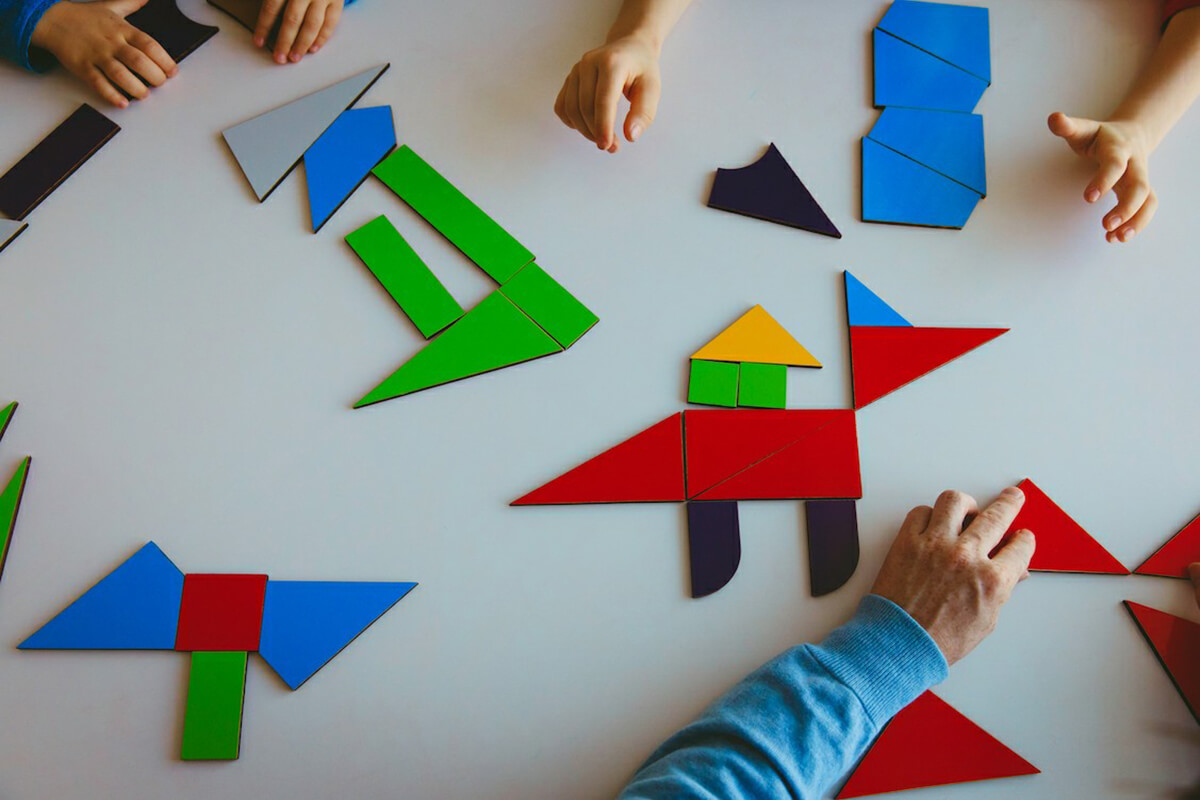
30) Fraction Puzzle
Make fractions less daunting and more fun with this puzzle game. Have students match colored pieces of paper representing fractions with their corresponding numbers. They’ll have so much fun they won’t even know you’re focusing on enhancing their understanding of this important math concept!
31) Season ordering puzzle
Embrace the beauty of the changing seasons when you engage your class in a season-ordering puzzle. As you discuss the changes that occur between seasons, ask your children to sort pictures or symbols onto the paper tree to represent the four seasons!
32) Life cycle puzzle
Do you want to experience nature up close and personal? This is it. These puzzles require children to arrange pictures depicting the stages of a plant or animal’s life cycle. With them, you can deepen your understanding of biology and life cycles.
2. Conclusion
The above are 32 simple paper puzzles for children that we have compiled. If you are in need, you can contact Hopakpackaging to purchase suitable paper puzzles for your child.





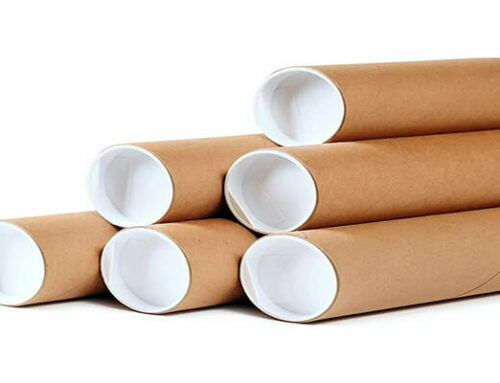
Leave A Comment